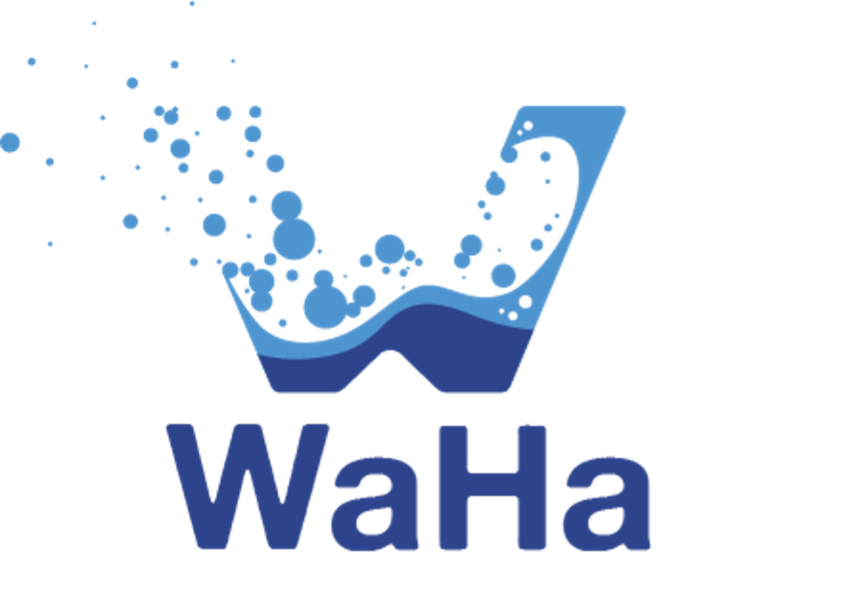WaHa, a new solution selected by WEF-CAP to extract water from the atmosphere.

Water Harvesting's (WaHa) technology revolutionizes water sourcing by utilizing Metal-Organic Frameworks (MOFs) to extract water from the air, even in extremely dry conditions. MOFs are highly porous materials that can selectively adsorb and capture various chemical compounds.

Developed at UC Berkeley, the MOF technology is specifically designed for harvesting water from the atmosphere, even at relative humidity levels as low as 15%. In contrast to conventional atmospheric water harvesting systems, our MOF-based technology captures only water molecules, and is capable of rapid adsorption/desorption cycling. This ensures absolute water purity, with a low energy requirement.

Indeed, over the past 25 years, the study of Metal-Organic Frameworks (MOFs) has seen significant progress, with more than ninety thousand MOFs being studied. These versatile materials have shown tremendous potential in various fields, leading to the development of numerous applications.

The primary aim of the WaHa project is to address water scarcity and promote water independence by offering a sustainable solution for countries to provide clean water to their citizens. By implementing this innovation, the project supports Jordan in achieving Sustainable Development Goal 6 (SDG 6 - Clean Water and Sanitation). Furthermore, the project aims to create employment opportunities and provide high-value mentorship in research and development (R&D), particularly benefiting Jordan's educated and highly skilled youth. This aligns with SDGs 4 (Quality Education) and 8 (Decent Work and Economic Growth). Lastly, the project emphasizes the importance of transdisciplinary research and innovation, bringing together experts from various fields such as chemistry, materials science, and chemical, mechanical, and electrical engineering. This contributes to Jordan's progress towards SDG 9 (Industry, Innovation, and Infrastructure).
The WaHa project is based on scientifically proven principles that have been developed and demonstrated in a laboratory setting at the Royal Scientific Society in Jordan. The device operates using the following underlying scientific process:
1. Water vapor in the air is concentrated using a specialized porous nanomaterial adsorbent, designed to selectively attract water molecules.
2. Once the nanomaterial becomes saturated, the water is released by reducing the relative vapor pressure in the vicinity of the porous material.
3. The released water vapor is then condensed to produce liquid water. This entire process is driven by an external solar-powered energy source. In the WaHa device, water vapor release is achieved through thermal heating of the porous nanomaterial, while condensation occurs through a vapor-compression process.
4. Importantly, the WaHa device repeats this process multiple times throughout the day to maximize water production.

Overall, the future prospects for WaHa and its MOF-based water harvesting technology are characterized by continued technological advancements, expanded operations, customized solutions for diverse climates, integration with existing water systems, and collaborations with key stakeholders. With these opportunities, WaHa can contribute significantly to addressing water scarcity challenges and promoting sustainable water independence in various regions worldwide.
As a relevant experience and example of good practice, WaHa is expected to be highlighted by WEF – CAP in upcoming discussions and workshops related to good policy development.
More information about the project can be found here.
WaHa developed a video that is available here.









